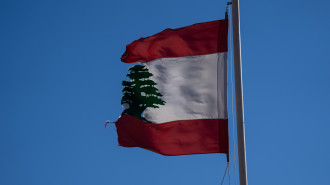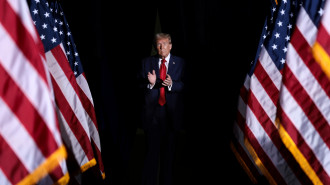
How Hisham Abu Hawash's hunger strike galvanised Palestinians

After 141 days on hunger strike, Israel finally decided to free Hisham Abu Hawash. The 40-year-old Palestinian detainee, who was arrested in October 2020 and detained without trial or charge ever since, began his protest action in August.
In the week before his release deal was agreed between Israeli authorities and his lawyer, protests broke out across the West Bank, Gaza, and Jerusalem in support of Abu Hawash.
By the hundreds, Palestinians in different cities and towns took to the streets and clashed with Israeli forces, in what activists on the ground considered to be the beginning of a wave of protests capable of growing and spreading.
"By prolonging Abu Hawash's suffering, Israel was trying to break the phenomenon of individual hunger strikes against detentions without trial, or administrative detention"
On Tuesday, the morning before Israel's decision to release Abu Hawash, Palestinians declared a general strike in the southern West Bank city of Dura, Abu Hawash's hometown. In the hours that followed, tens of Palestinian protesters clashed with Israeli forces at Dura's entrance.
A day earlier, Palestinian protesters in Nablus and Ramallah staged demonstrations in front of the offices of the International Committee of the Red Cross (ICRC). In Ramallah, a group of protesters even took over one of the offices and decided to stay overnight inside.
In Abu Dis, near Jerusalem, violent clashes were reported between protesters and Israeli forces near the Israeli separation wall, as well as in several Nablus region villages.
Simultaneously, hundreds of students at Birzeit University rallied inside the campus in support of Abu Hawash, before taking to the streets of Ramallah. Thousands of Palestinians also marched in support of Abu Hawash in Gaza City.
In Israel, police dispersed a protest held by Palestinians in front of the Israeli intelligence headquarters in Tel Aviv in solidarity with Abu Hawash.
Israeli police also clashed with protesters in the Palestinian town of Umm Al-Fahm in the north, while dozens of Palestinians held a day-long demonstration in front of the Assaf Harofeh hospital south of Tel Aviv, where Abu Hawash is currently being held.
On Tuesday, the European Union declared through its account on Twitter that it was “seriously concerned” for Abu Hawash’s situation. But the concern went beyond Abu Hawash's personal situation, according to Amani Sarahnah, the spokesperson of the Palestinian Prisoners' Club.
"By prolonging Abu Hawash's suffering, Israel was trying to break the phenomenon of individual hunger strikes against detentions without trial, or administrative detention," Sarahnah told The New Arab.
"The Palestinian public can sense that, because most Palestinian families have or once had a prisoner in Israeli jails. They see an arm-wrestling between Israel and prisoners over the right to protest administrative detention," she added.
Israel had refused to transfer Abu Hawash to a hospital for over four months. Dr Lina Qassem from Physicians for Human Rights, who examined Abu Hawash's case, told The New Arab that "in previous hunger strikes, Israel would transfer a hunger striker to the hospital after fifty or sixty days".
|
|
According to Dr Qassem, "since 2018 the period extended to ninety or a hundred days, but the case of Abu Hawash is unprecedented, where the jail authority moved him back and forth between the hospital and the prison clinic several times, worsening his condition".
Two days before Abu Hawash ended his hunger strike, the Palestinian Prisoners' Club released a statement it received from administrative detainees in Israeli jails, where they announced they will begin to boycott Israeli court hearings. The move "rang an alarm in the Palestinian street", according to Amani Sarahnah.
Since the Gilboa prison break back in September, Israeli authorities have escalated their measures against Palestinian prisoners, especially administrative detainees and female prisoners.
Sarahnah explained that "new hardened measures by Israel on prisoners mobilised Palestinians to protest in different places, which gradually grew into the generalised anger that is expressed today around the state of Hisham Abu Hawash".
A highly-charged situation
Omar Assaf, a civil society activist who was present in protests in Ramallah, told The New Arab that “these protests can grow bigger at any coming occasion, especially since they are grassroots-led and nobody controls them”.
Assaf underlined that “Palestinians in the street feel the tension of the political situation in general, including settler violence, economic hardship, the set-back of civil liberties and the absence of a political horizon out of occupation. They are expressing all their anger about the political situation in general through their support to Abu Hawash, and they might continue to do so for any other prisoner in the near future”.
"These protests can grow bigger at any coming occasion, especially since they are grassroots-led and nobody controls them"
Esmat Mansour, a former Palestinian prisoner and activist on the ground, also stressed that “the political situation, in general, is very charged”.
Mansour indicated that “while Israel seeks to make individual hunger strikes as costly as possible, in order to deter Palestinians from engaging in it, it also knows that the worse the situation of a detainee gets, the more heated the situation in the street becomes''.
"Prisoners have been the spark of widespread protests in Palestine in the past," said Mansour. "It is an issue that has the potential to provoke large events, especially when political tension is as high as it currently is."
Qassam Muaddi is The New Arab's West Bank reporter, covering political and social developments in the occupied Palestinian territories.

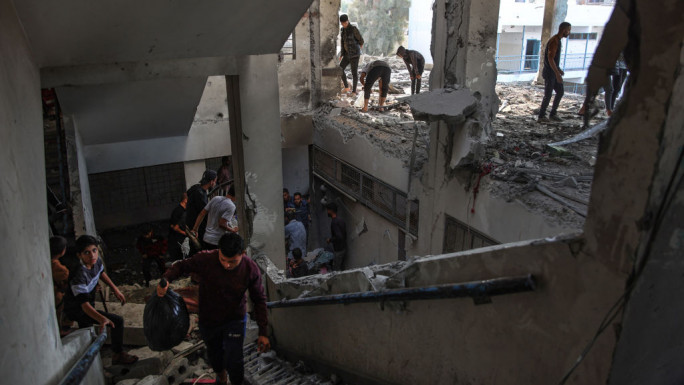
![President Pezeshkian has denounced Israel's attacks on Lebanon [Getty]](/sites/default/files/styles/image_684x385/public/2173482924.jpeg?h=a5f2f23a&itok=q3evVtko)
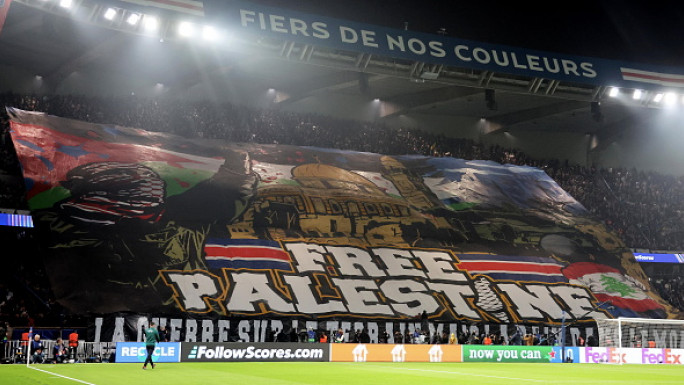
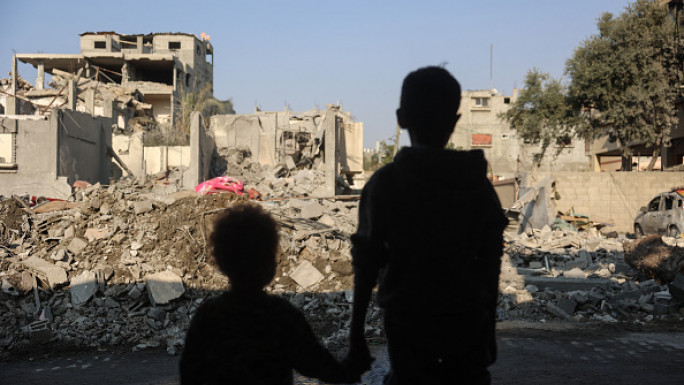
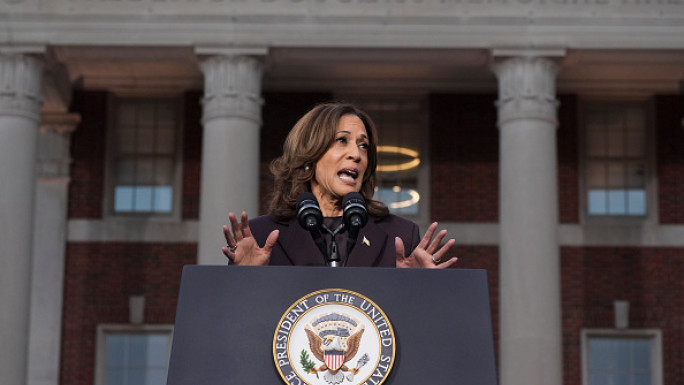
 Follow the Middle East's top stories in English at The New Arab on Google News
Follow the Middle East's top stories in English at The New Arab on Google News

